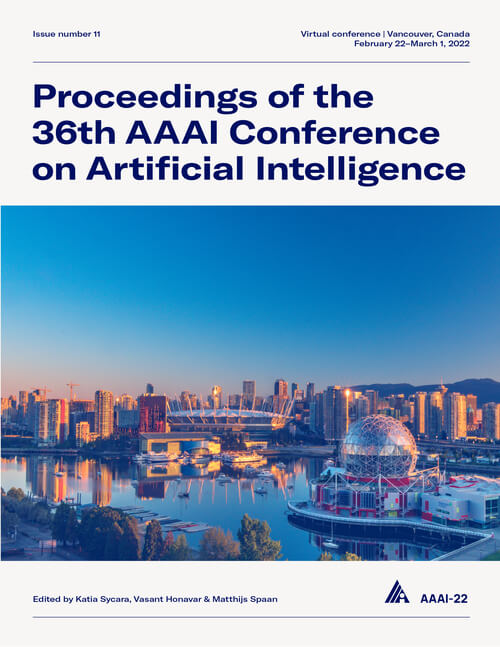Diagnostics-Guided Explanation Generation
DOI:
https://doi.org/10.1609/aaai.v36i10.21287Keywords:
Speech & Natural Language Processing (SNLP), Machine Learning (ML)Abstract
Explanations shed light on a machine learning model's rationales and can aid in identifying deficiencies in its reasoning process. Explanation generation models are typically trained in a supervised way given human explanations. When such annotations are not available, explanations are often selected as those portions of the input that maximise a downstream task's performance, which corresponds to optimising an explanation's Faithfulness to a given model. Faithfulness is one of several so-called diagnostic properties, which prior work has identified as useful for gauging the quality of an explanation without requiring annotations. Other diagnostic properties are Data Consistency, which measures how similar explanations are for similar input instances, and Confidence Indication, which shows whether the explanation reflects the confidence of the model. In this work, we show how to directly optimise for these diagnostic properties when training a model to generate sentence-level explanations, which markedly improves explanation quality, agreement with human rationales, and downstream task performance on three complex reasoning tasks.Downloads
Published
2022-06-28
How to Cite
Atanasova, P., Simonsen, J. G., Lioma, C., & Augenstein, I. (2022). Diagnostics-Guided Explanation Generation. Proceedings of the AAAI Conference on Artificial Intelligence, 36(10), 10445-10453. https://doi.org/10.1609/aaai.v36i10.21287
Issue
Section
AAAI Technical Track on Speech and Natural Language Processing

